Last updated on October 8, 2022
Steeped in fascinating history and unbelievable characters, London is an extremely diverse and interesting city! London is famous for its numerous magnificent ancient buildings like St. Paul’s Cathedral, The Tower of London, Big Ben, The Palace of Westminster, and Tower Bridge, as well as its stunning public spaces, prestigious art galleries and museums, the Royal Family, and diverse culture.
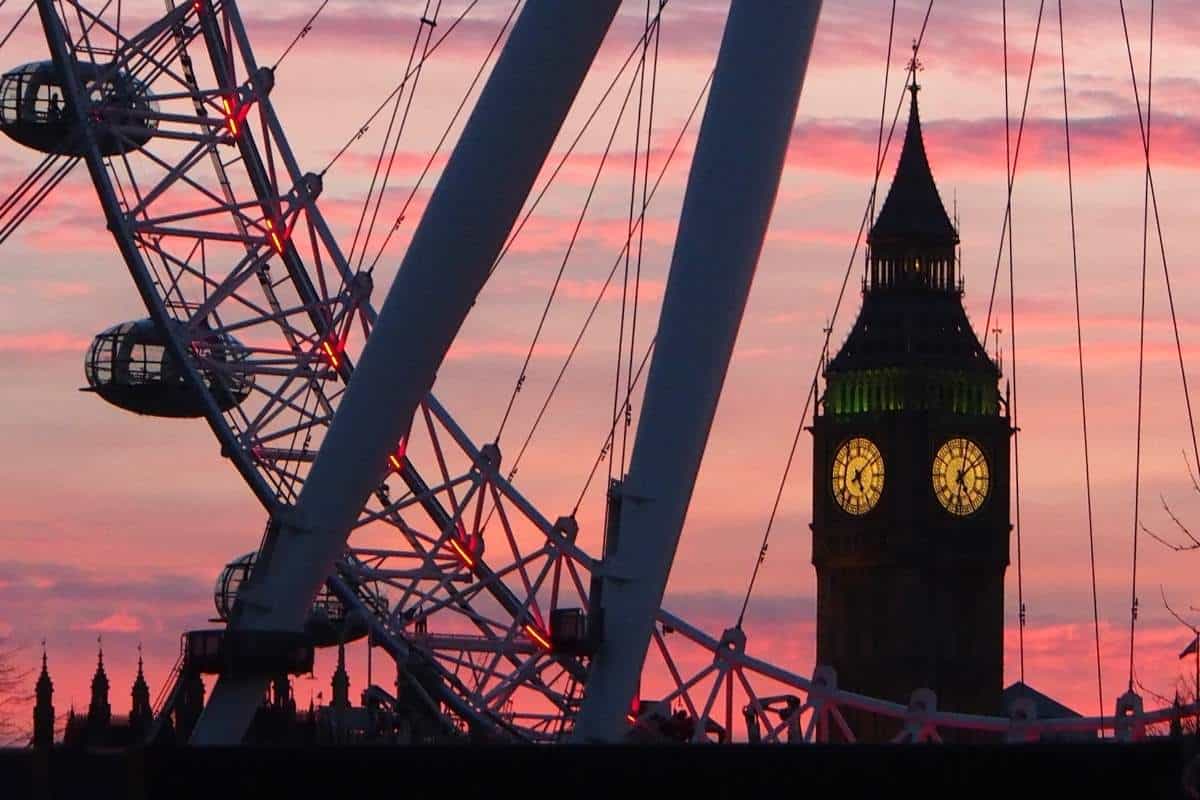
With such an interesting past and diverse population (did you know that 300 languages are spoken by London residents?), it’s no surprise that London is full of weird and wonderful fodder for trivia! It’s time to discover some fun, strange, and interesting facts about London.
Think you already know EVERYTHING about London? Then go ahead and test your knowledge with our quiz, or if you’re not quite ready for that, read on to learn some facts we bet you didn’t know.
Interesting Facts About London
London Geography
~ There are four different capital cities in the United Kingdom. London is one of them as the capital of England, and the others are: Edinburgh – the capital of Scotland; Cardiff – the capital of Wales, and Belfast – the capital of Northern Ireland
~ There is an area called “The City” that is only 1 square mile, but is known as the original heart of London. It was the original Roman settlement, making it the oldest part of London.
~ The Romans established Londinium in 43 AD and it has grown exponentially since then, forcing and building upon the natural landscape to interesting results. As one of the consequences, there are 21 known subterranean rivers that run underneath London.
~ The Greater London region covers a total area of 607 square miles (1,572 sq km). The London Metropolitan Region, however, contains 3,236 square miles (8,382 sq km).
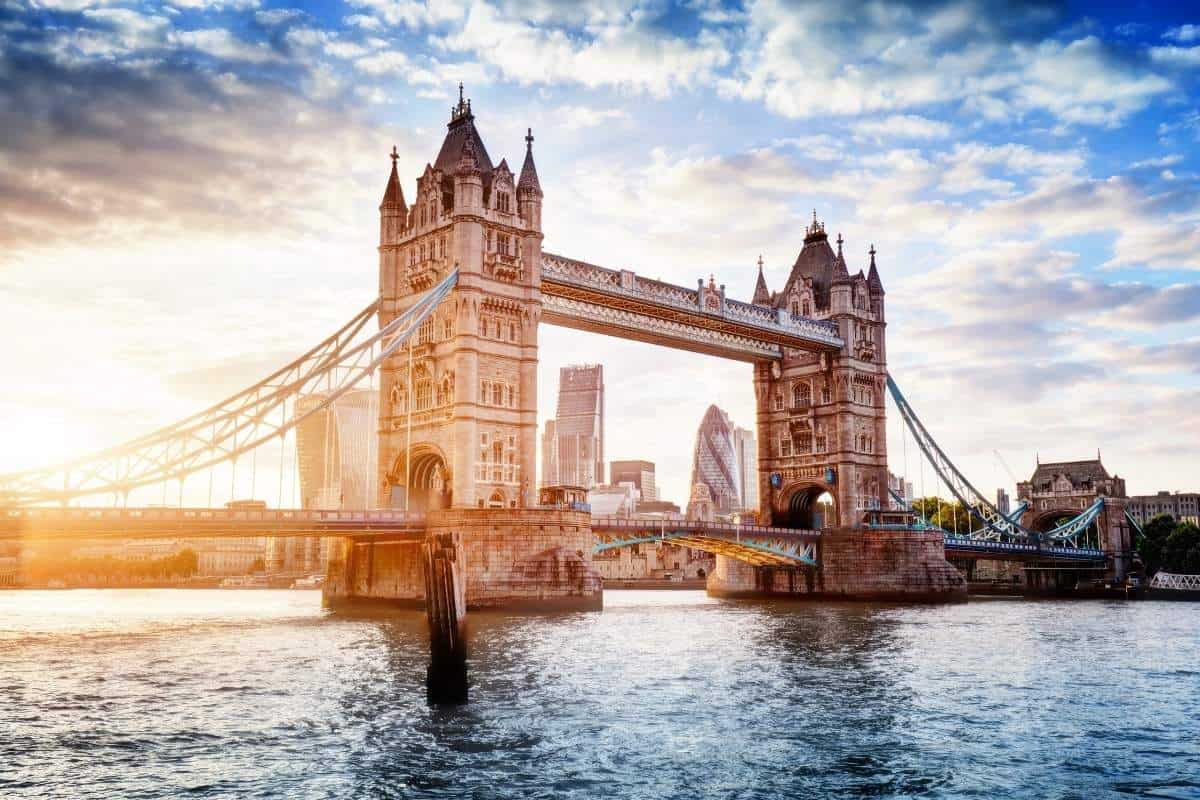
~ The main topographical feature of London is the Thames River, which crosses the city from the east to the southwest.
~ London held the title of being the world’s largest city for almost 100 years from 1831 to 1925.
~ London is one of the greenest cities in the world for its size. Besides London’s population of 8.6 million people (and 300 languages spoken in London), London is home to more than 8.3 million trees and 14,000 species of wildlife. It’s got more than 40% of green space and 14,000 species of marine and wildlife including, 120 species of fish in the Thames, 60 species of birds nesting in Central London, as well as a plethora of various butterfly, spider, and moth species.
~ And further to this point, London, according to the UN definition, can be classified as a forest thanks to its high concentration of green areas.
~ London is the smallest city in England. Technically, the City of London is only 2.9km squared and has a population of just over 9,000 people (much different than the 8.9 million people in Greater London).
Notable London Architecture
~ Trafalgar Square was designed in 1830 to commemorate the British victory against the French and Spanish fleets in the Battle of Trafalgar during the Napoleonic Wars.
~ The iconic clock in London is actually called ‘The Clock Tower,’ while ‘Big Ben’ is the name of the bell. In 2012 the Clock Tower was renamed the Elizabeth Tower to honor Queen Elizabeth II’s Diamond Jubilee.
~ Strictly speaking, the name Big Ben refers to only the great hour bell, which weighs 15.1 tons.
~ One of the original designs for St. Paul’s Cathedral had proposed a 60-foot stone of a pineapple in place of the iconic dome.
~ The Clock Tower and Big Ben sit at the northern end of the Houses of Parliament, in the London borough of Westminster.
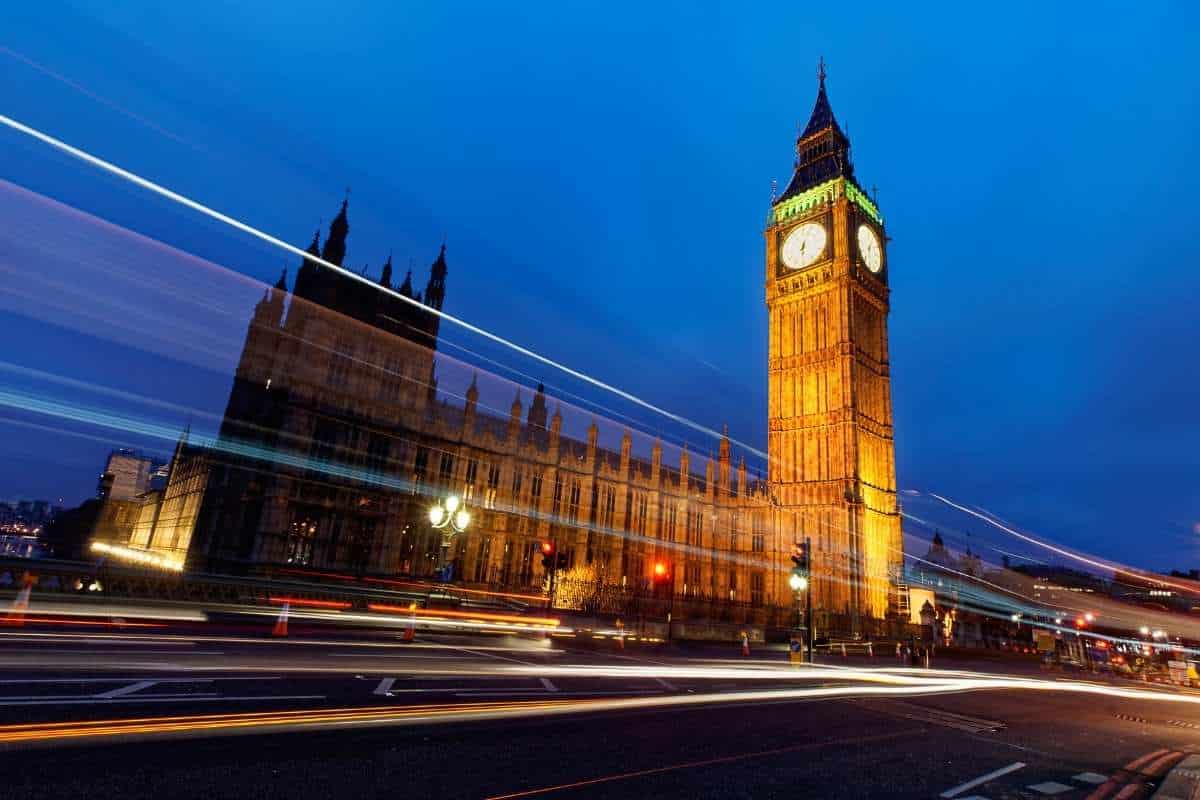
~ Cleopatra’s Needle is an obelisk that was erected on the Victoria Embankment of the River Thames in 1838. It is actually one of a pair of identical obelisks with its match located in North America. Central Park in New York City to be exact.
~ Tower Bridge is an iconic London monument that acts as a drawbridge across the River Thames. Its construction took eight years to finish and was completed in 1894.
~ Although it is not known when this began, there are always at least six ravens in the Tower of London at any given time. Legend has it that the Crown will fall and Britain with it if the number ever dips below six.
~ The construction of Tower Bridge reportedly took an estimated 432 workers coming in every day in order to be completed.
~ The tallest building in London is The Shard – an architectural feat made up of 11,000 panels of glass, equivalent in area to eight football pitches.
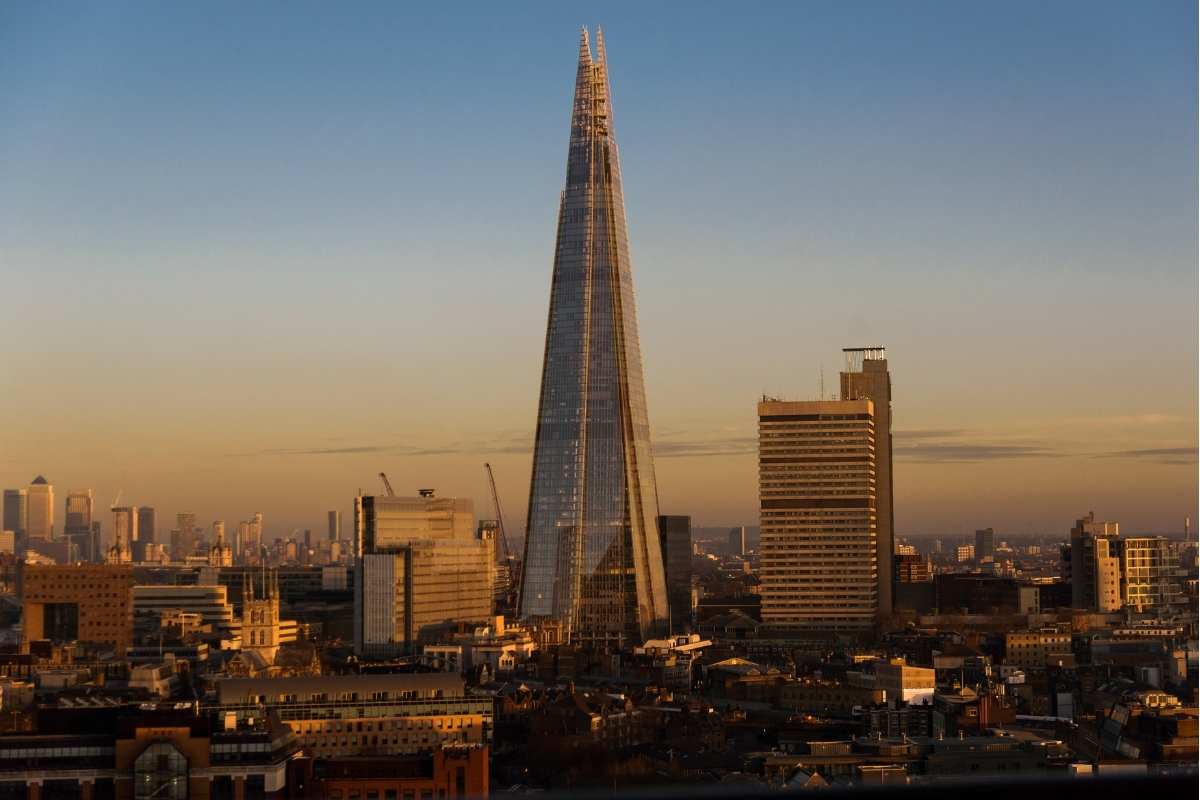
~ It is not known exactly when the legend of the six ravens first came to be but there are seven ravens today (the required six plus one spare!) Their names are Jubilee, Harris, Gripp, Rocky, Erin, Poppy, and Merlina.
~ The Tower of London is infamous for holding criminals but from the 1200s to 1835, the Tower housed a menagerie of exotic wild animals, never before seen in London, including lions and a polar bear given as royal gifts. There used to be another tower that was demolished in the 1800s) aptly called the Lion Tower, named after the beasts kept there.
~ The first prisoner of the Tower of London, Ranulf Flambard, Bishop of Durham was also the Tower’s first escapee. In 1101 he climbed through one of the windows using a rope smuggled to him in a gallon of wine.
~ Built in 1703, Buckingham Palace was originally constructed as a large townhouse for Duke Buckingham. In 1791, King George III bought the property as a gift for Queen Charlotte, thus earning it the name The Queen’s House. The palace became the London residence of one of Britain’s most famous and longest reigning monarchs, Queen Victoria, in 1982.
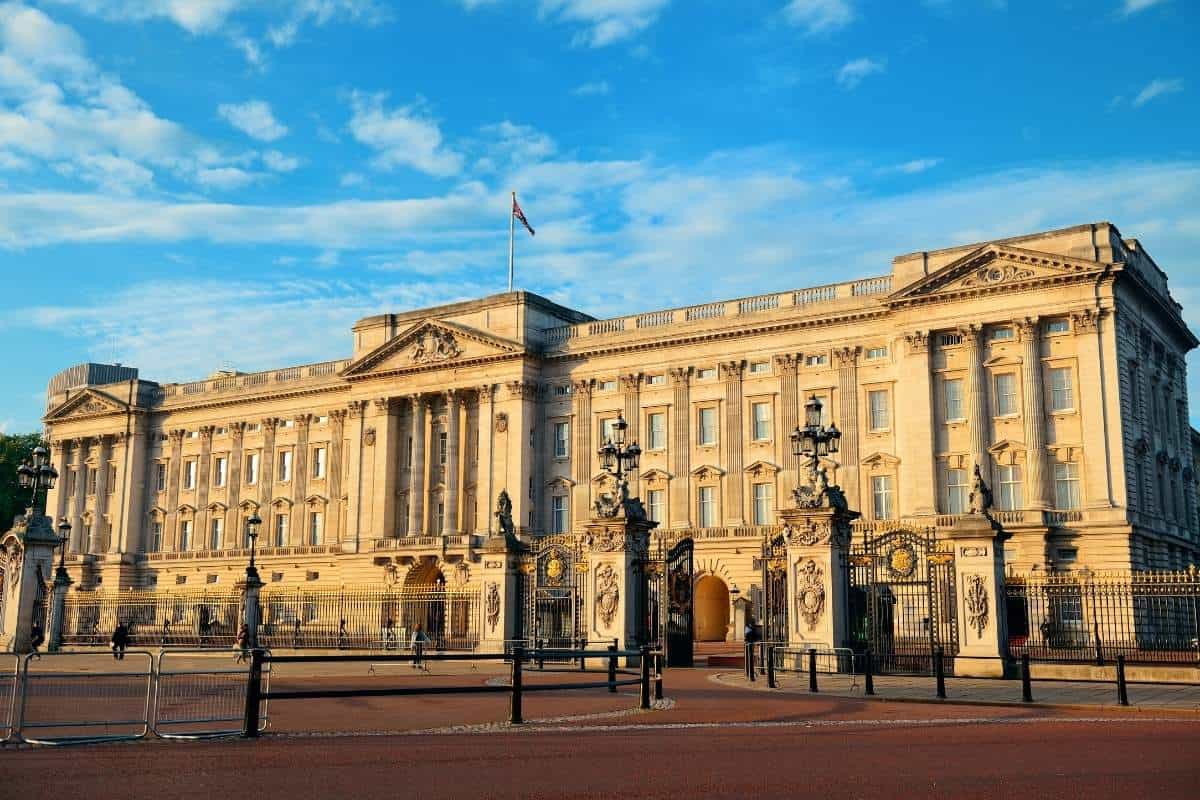
~ There are over 700 rooms in Buckingham Palace! (Actually, it’s closer to 800 at a whopping 775 rooms.) Includes 52 royal and guest bedrooms, 188 staff bedrooms, 19 staterooms, and 78 bathrooms.
~ A royally royal-centric person managed to break into Buckingham Palace three times! He stole Queen Victoria’s underwear, helped himself to some food from the kitchens, and even boasted to the press that he’d sat on her throne. He was eventually exiled to Brazil.
~ The London Eye was built in 1998 to commemorate the upcoming new millennium. One of the world’s largest Ferris wheels, the London Eye reaches 135 m tall.
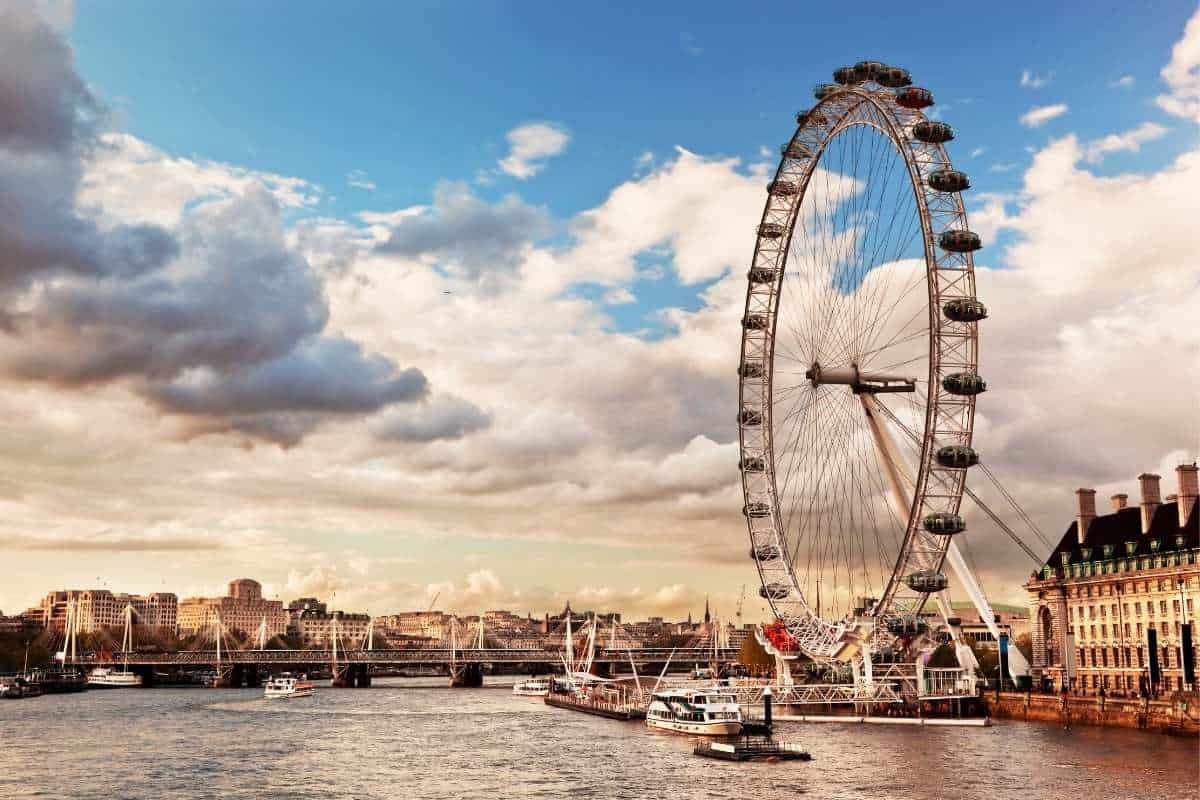
~ Taking a loop on the London Eye takes approximately 30 minutes to do one leisurely rotation in one of the 32 high-tech glass pods.
~ Built in 1097, Westminster Hall is the oldest building in the Houses of Parliament and almost the only part of the ancient Palace of Westminster which survives in almost its original form.
People and Languages of London
~ London is one of the most diverse cities in the world. Over 300 languages are spoken in London by its collection of 8 million residents.
~ When people live in London, they are referred to as Londoners.
~With more than 8.7 million people living in London, it is the largest city in the United Kingdom by population.
~ Not only is it the largest city in the UK, but more than 80 billionaires also live in London; making it the city with the highest number of billionaires in the world.
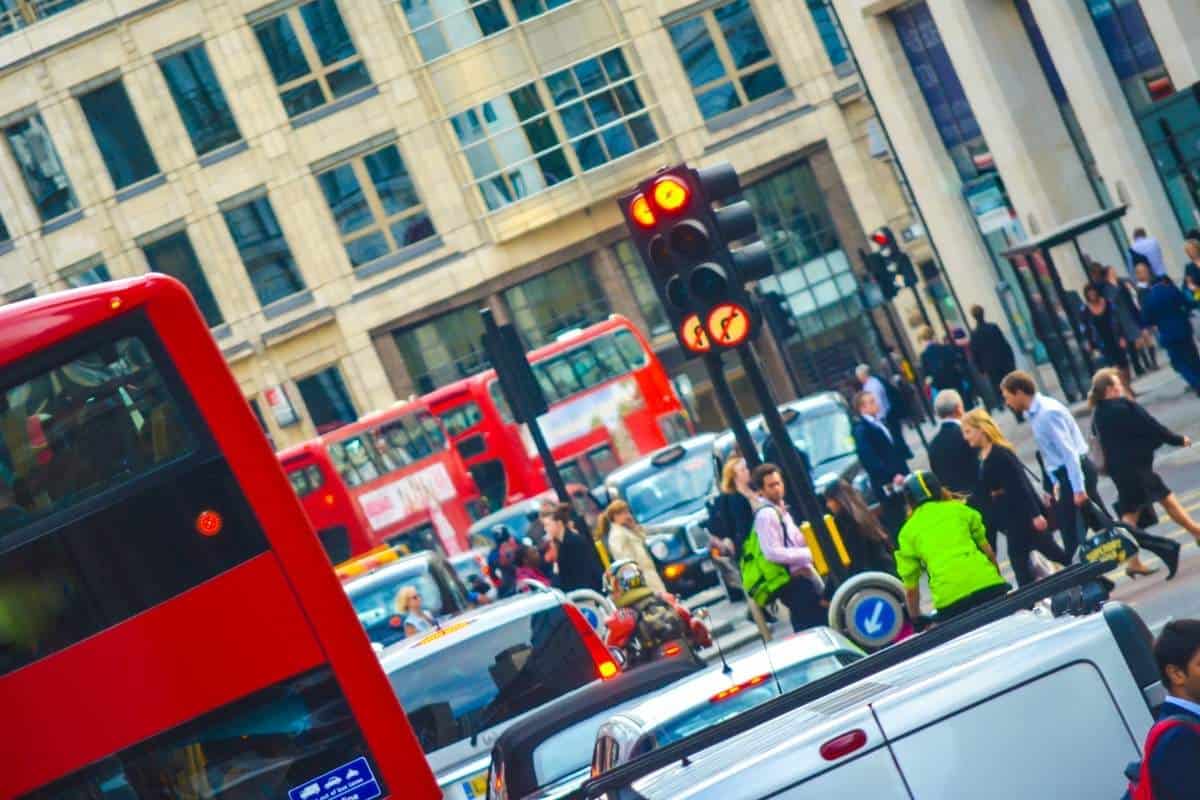
~ In June 1868, the University of London voted to admit women to sit the General Examination; becoming the first university in the world to accept women.
~ According to the 2011 census, Christianity is the largest religion in London. Followed by Islam, Hinduism, Sikhism, Judaism, and Buddhism.
~ Waterloo Tube Station is the busiest for public transport on the London Underground. It sees an impressive 100.3 million passengers every year!
~ London has the largest number of migrants among all regions of the UK, holding 37% of the UK’s total foreign-born population. In 2021, India was – once again – the most common country of birth for migrants in the UK.
~ Twice as many people visit London every year than the actual population of the city! That’s 19 million tourists to the resident population of 8.97 million.
London History
~ Jack the Ripper, London’s most notorious serial killer, was never taken off the street by police, and his true identity was never discovered. The suspect list even included notable figures such as: Prince Albert, the grandson of Queen Victoria, Lewis Carroll, author of Alice’s Adventures in Wonderland, and Sir William Gull, Queen Victoria’s doctor.
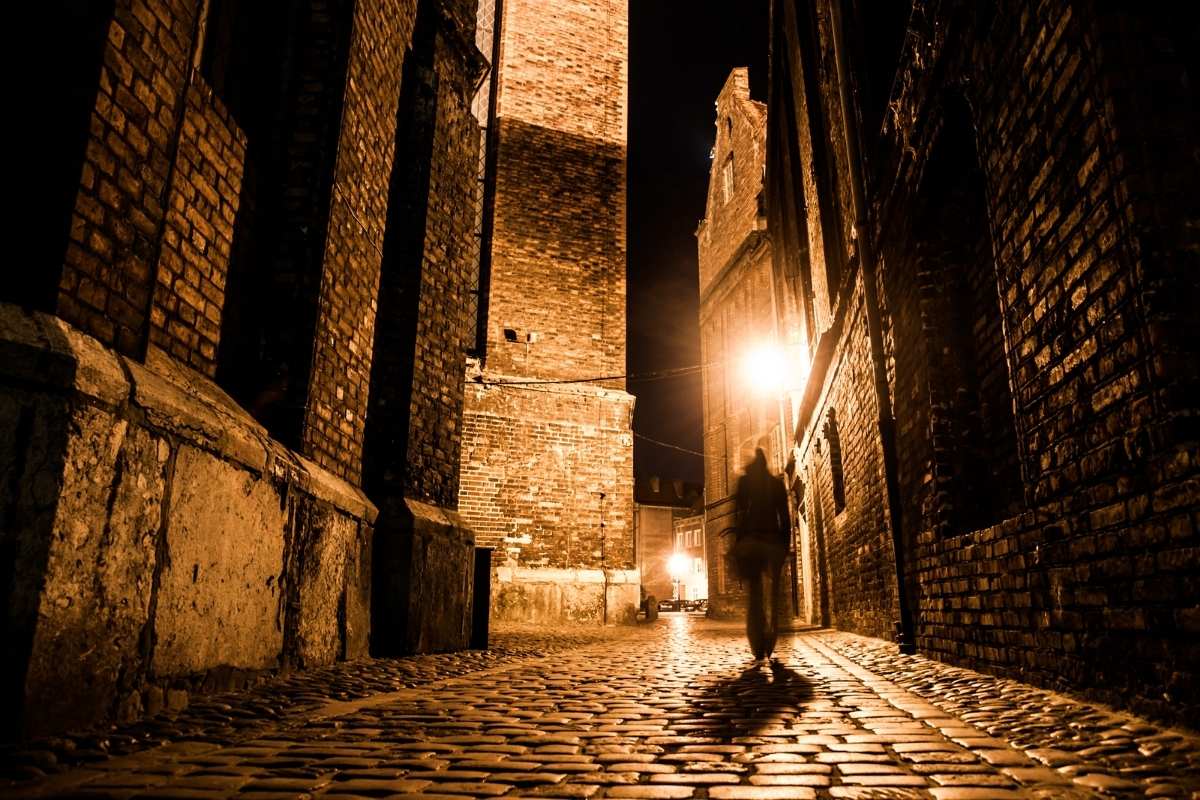
~ London was bombed by the Germans for 57 successive nights during the Blitz in World War II.
~ London has had some massive events throughout history that have had catastrophic repercussions and justified the term “great” in front of them. Some instances include the Great Fire, the Great Plague, and the Great Stink.
~ In the 17th century, London lost one-fifth of its population in the Great Plague (more than 100,000 victims). Around the same time, much of the city was destroyed by the Great Fire of London in 1666.
~ The Great Fire of London began in a bakery on Pudding Lane. The place where the fire started is marked by a monument for those that want to see it while they visit London.
~ This is one of the more ancient fun facts about London: London was founded by Romans in 43 A.D. It functioned as a port and trade settlement called Londinium. The settlement is now referred to as the Square Mile or ‘the City’ and functions as the business and financial heart of the UK.
~ The last execution at the Tower of London was way more recent than you may think. It was in 1941 for the German spy Josef Jakobs, who was executed by a firing squad.
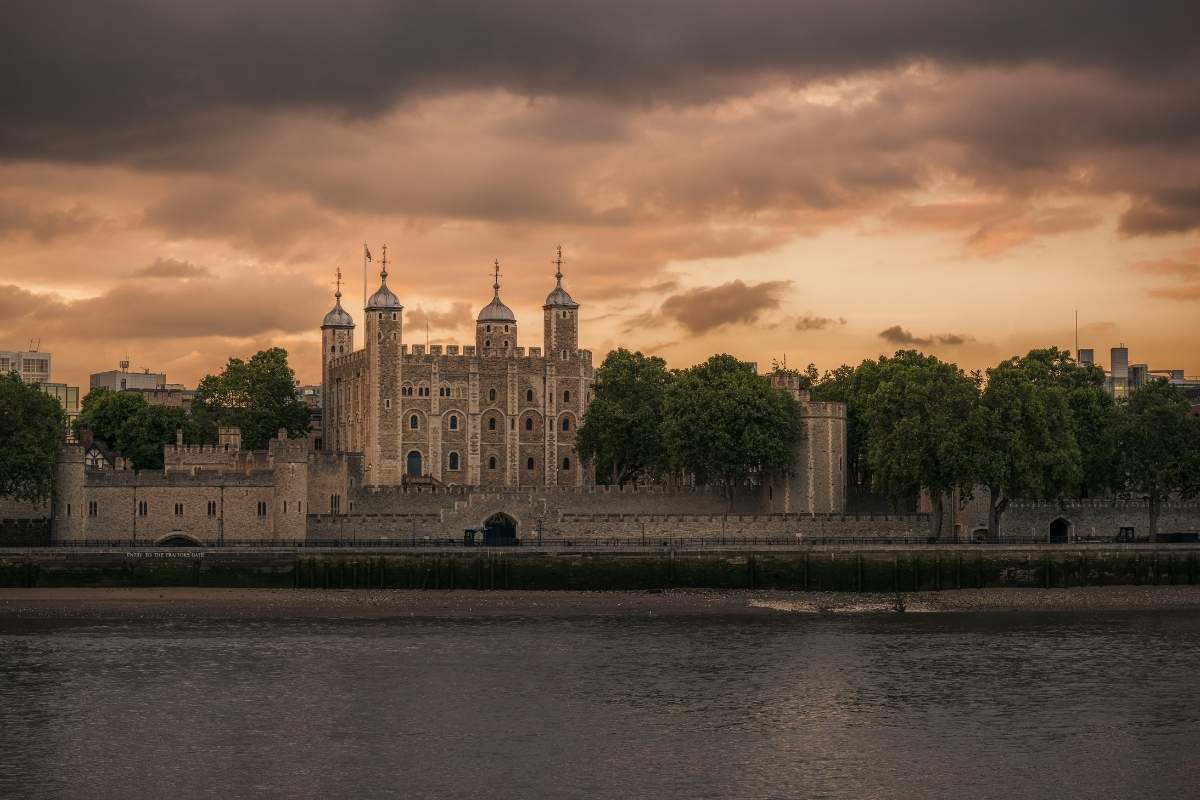
~ London’s gin obsession has roots in history! Londoners may love their gin now, but the people of London had a gin craze in the 18th century that got a bit nuts. At its peak, the average consumption of gin was 2 pints per week – for every person in the city – including children.
~ More interesting London history…during World War II, London functioned as the capital of six countries. Governments that were displaced by the Nazi regime set up shop in the safety of London’s core. These governments included: France, Poland, Holland, Belgium and Norway, and, of course, the UK.
~ Parts of London have been inhabited since 4000BC. Archaeological findings show evidence of settlements and villages in the area of London since the New Stone Age.
London Culture
~ London has more Indian restaurants than Mumbai and Delhi combined.
~ London has over 170 museums. From the massive British Museum housing global artifacts and information all the way to the tiny and niche Fan Museum located in Greenwich.
~ The iconic Black Cab drivers are the only licensed taxis allowed to service around the city in the Greater London area. They require immense training before gaining the prestigious honor of driving a black taxi and must pass a rigorous test called ‘The Knowledge’. Typically the training lasts for 2 to 4 years and the driver must have a detailed knowledge of London within a six-mile radius of Charing Cross. They have to memorize 320 routes or ‘runs’ fully, even all the places of interest and important landmarks along the way to becoming fully certified. Cab drivers can spend years dedicated to learning it all.
~ Why is a black cab shaped a certain way you may ask? It’s required that a black cab has to be tall enough to accommodate an individual wearing a bowler hat.
~ The London Underground, aka The Tube, is a rapid transit system of a series of underground and overground transit lines connecting the urban city of London.
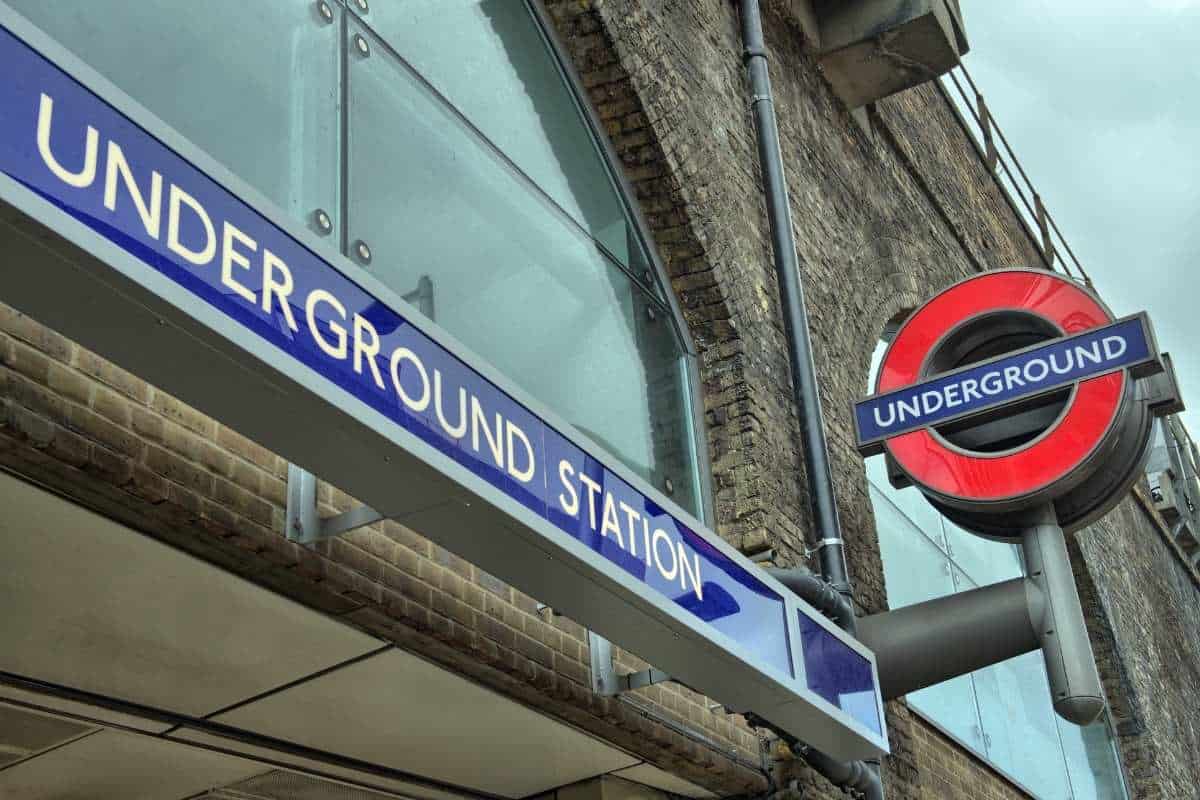
~ The London Underground was built in 1863 and is the oldest underground train network in the world.
~ Funnily enough though, more than half of the London Underground is actually overground.
~ London has hosted the Olympics three times! It is the only city in the world to have hosted the event that many times.
~ When the King is at Buckingham Palace, his presence is signaled by his royal flag flying from the flagpole. This flag, which is called the Royal Standard, must only be flown from buildings where the King is present.
~ Two-story red buses are an iconic symbol known throughout the world as representing the city of London. But an interesting fact is that they didn’t all used to be red! Once upon a time each of them had a different color signifying a different route through the city. The biggest company of buses decided to paint their fleet with the red color in 1907 and ever since then, London buses have been red.
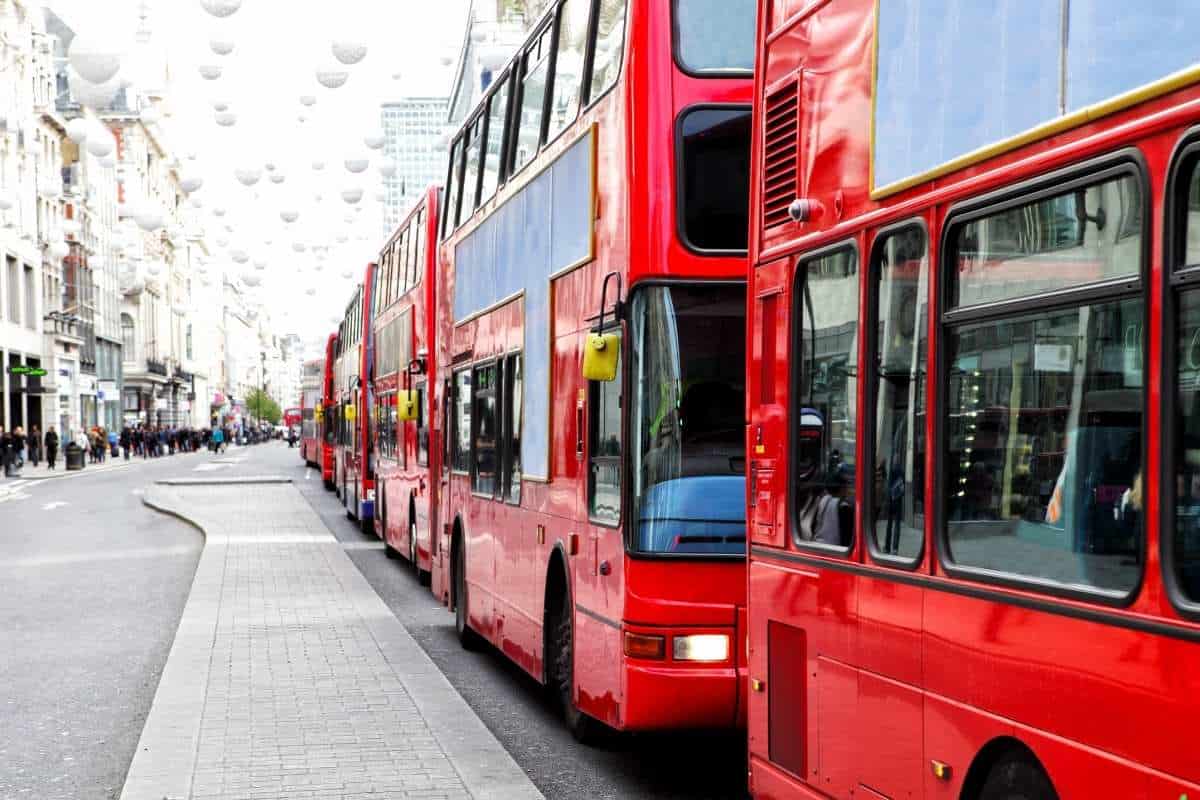
~ The Crown Jewels are the world’s most famous jewel collection. Contrary to what the name suggests, the collection of treasures includes more than 100 royal objects and over 23,000 gemstones. At the heart of the Crown Jewels collection are royal pieces of English Coronation Regalia – the sacred objects used in the coronation ceremony.
~ Officially, the Crown Jewels are priceless. They are not insured either, which means they’ve likely never been appraised. However, estimates put the entire collection at $4 billion (not million….billion).
~ Certain words are not allowed in debates in the Houses of Parliament. Members of Parliament are not allowed to swear or insult each other. A search for the phrase ‘unparliamentary language‘ can be very entertaining.
~ The British Monarchy is known as a constitutional monarchy. This means that, while The Sovereign is Head of State, the ability to make and pass legislation resides with an elected Parliament. The current monarch is King Charles III, who ascended the throne in 2022.
~ It is not illegal to die in the Houses of Parliament despite popular belief. This myth came from the belief that anyone who dies in a royal palace is eligible for a state funeral. While it’s true that any death in a royal palace falls under the jurisdiction of the coroner of the King’s household, there is no legal obligation for a state funeral.
~ While it is not illegal to die in the Houses of Parliament, it is illegal to enter the Houses of Parliament wearing a suit of armor. (So…you win some, you lose some!)
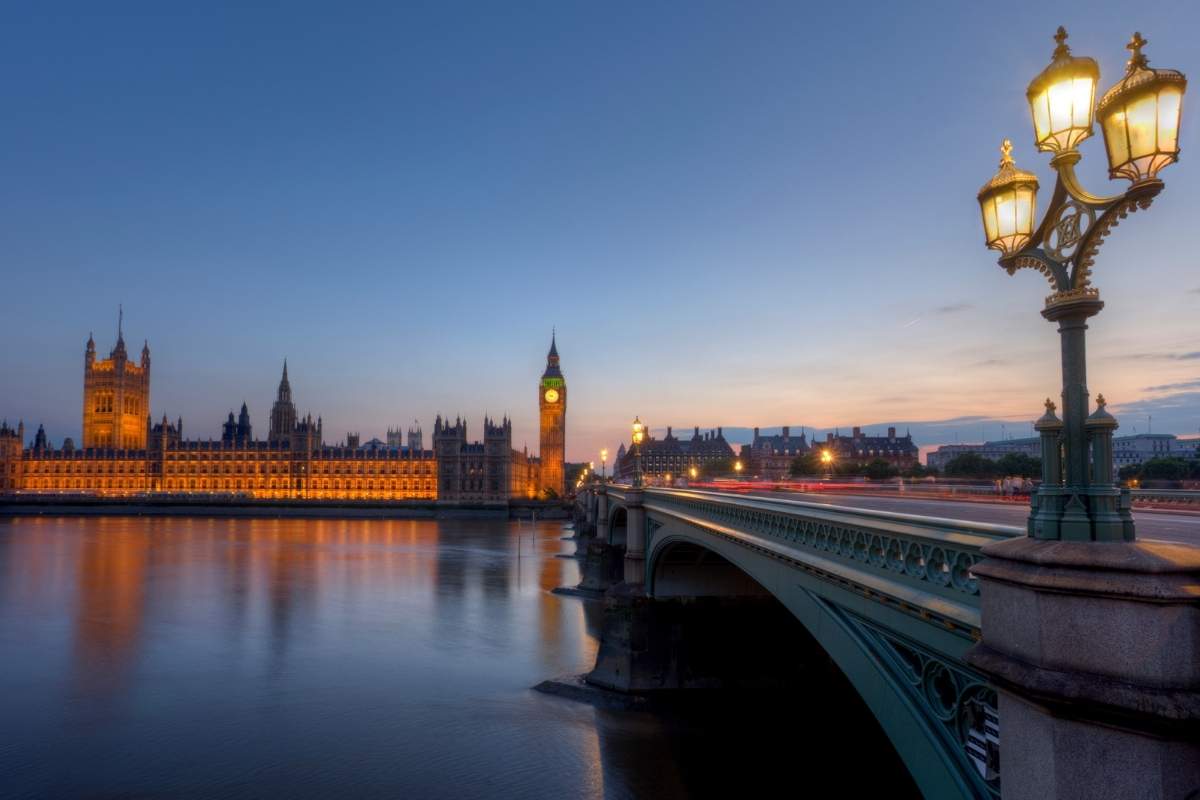
~ The Palace of Westminster serves as the meeting place for both the House of Commons and the House of Lords, the two houses of Parliament of the United Kingdom.
~ Londoners celebrate the 5th of November in London every year as Guy Fawkes Night (or Bonfire Night). It’s the annual commemoration of Guy Fawkes – the guy that tried and failed to blow up the House of the Lords.
~ Harrods is a London department store known throughout the world as being a prestigious place to shop for the rich elite throughout history. Catering to London’s elite since 1849, most people don’t know that they sold a gift kit in 1916 that included morphine, coke and syringes for shooting it all up with.
Fun Facts About London
~ This information is more…”itchy” than other fun facts about London…a subspecies of mosquito has evolved to live specifically in the London Underground.
~ In 1814, 8 people died when a tsunami of beer unexpectedly swept down from Tottenham Court Road to the surrounding streets. Additionally, of the eight people who died, five of them were attending a wake.
~ Before deciding to go ahead with steam trains to run the lines, one idea that was seriously considered was creating a series of underground rivers with commuter barges that would float between stops.
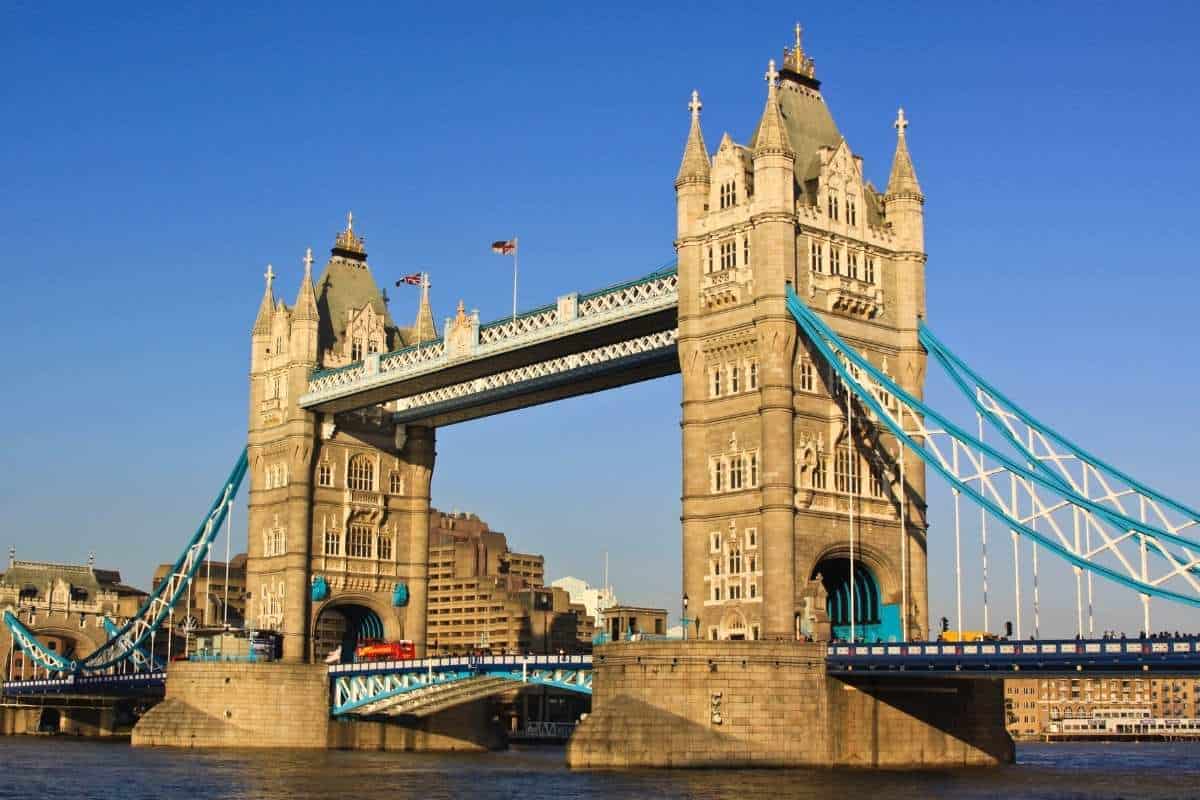
~ London still has some rather naughty street names that give you an idea of what they were used for back in the day (Hooker’s Road is still a street in London for example). However, some were deemed so bad that they had to be changed! These were once actual street names in London once upon a time: Pissing Alley, Shiteburn Lane, Gropecunt Lane.
~ It is a tradition that Norway gives a Christmas tree to be showcased in London’s Trafalgar Square as a sign of gratitude for the British help during the second world war. This has been happening every year since 1947.
~ Pigeons, and thus feeding of pigeons in Trafalgar Square, was banned in 2003. Authorities have installed anti-pigeon wires and spikes, and hawks are utilized in the area to deter pigeons even more.
~ Between the tube and London buses, public transit is a thing for Londoners in the city of London. In fact, the buses are in such constant use, it works out that the drivers travel about 300 million miles a year! That works out to roughly 12 times the circumference of the Earth.
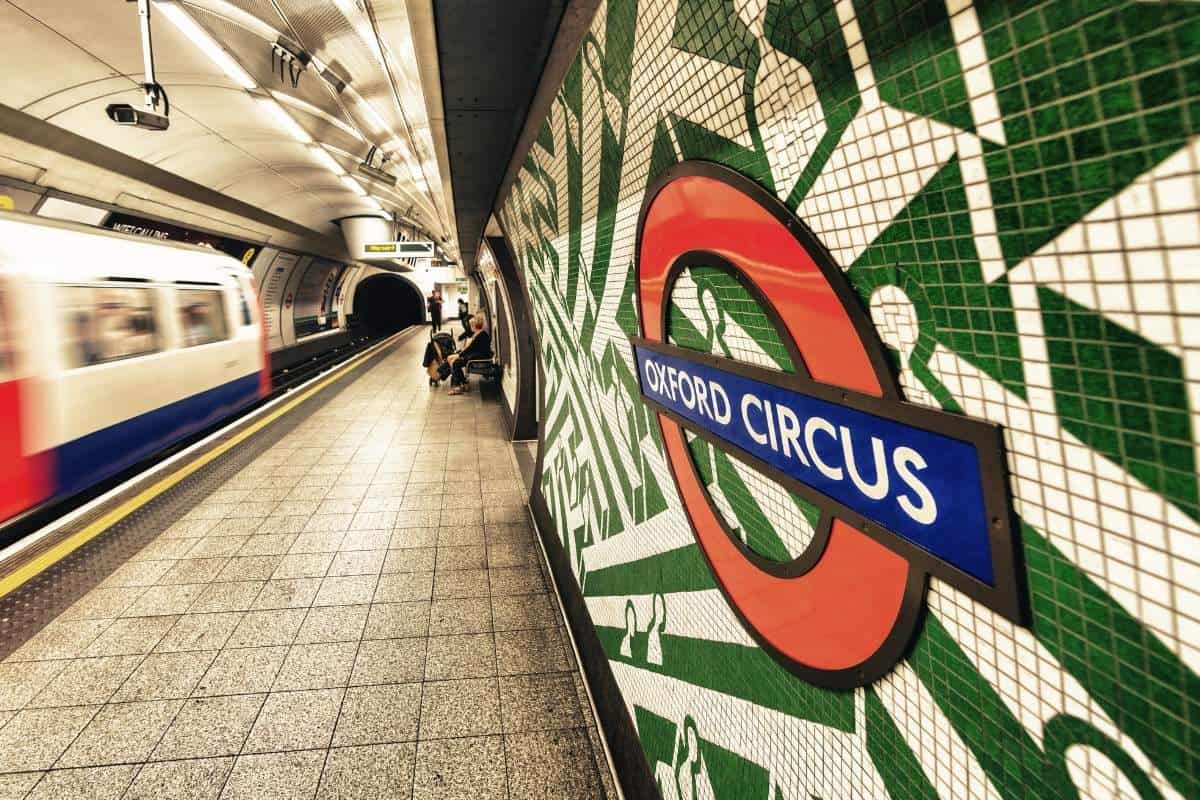
~ This one is a bit of a darker London fact: In the 17th century, instead of paying the entrance fee to the London Zoo with coins, you could pay with a cat or dog. These were then used to feed the hungry lions and tigers.
~ London is one of the cities that was most affected by the Great Plague. When they were building Aldgate Station for London’s Underground, they found a massive grave with over 1,000 bodies underneath the street.
~ In the 18th century, London’s Bedlam Asylum used to be one of the city’s most visited attractions. Londoners used to head to the asylum for something interesting to do and just watch the inhabitants have episodes and wreak havoc amongst themselves.
Now that you’ve read the whole post and are full of facts about London, go test your knowledge in our quiz!
[adinserter name=”Block 1″]





